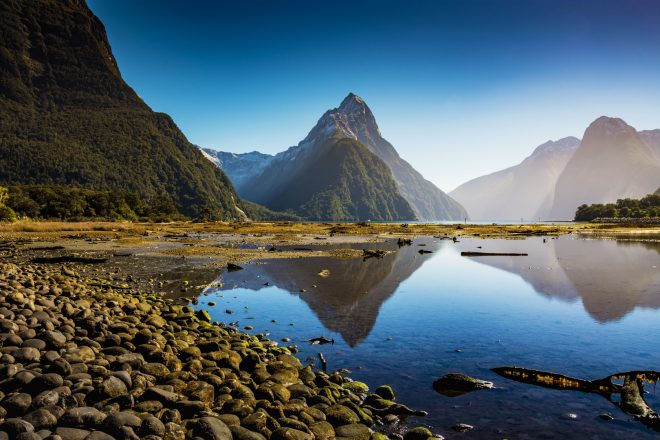気候変動による異常気象に備え、ニュージーランドのグレートウォーク(NZ自然保護局によって特に素晴らしい景観や歴史を持つと認定されているトレッキングコース)の一部でルート変更と小屋の移動が行われています。
ここ数年、嵐の被害を受けて、多くのウォークが長期間の閉鎖を余儀なくされています。
2020年2月には、豪雨によるスリップで小屋や橋、トラックが破損し、ミルフォードグレートウォークとルートバーングレートウォークが数カ月間閉鎖されました。今年2月には、嵐でヒーフィー・トラックの一部が破損し、いくつかの橋が全滅しました。
自然保護局(DOC)の遺産・観光客担当ディレクター、ティム・バンフォード(Tim Bamford)氏は、前途は多難であると語りました。
「気候変動の影響は、過去5年間ですでにDOCのレクリエーション・ネットワーク全体に大きく及んでおり、ネットワークを標準に維持するためのコストを押し上げています」と述べています。
これを受けて、DOCは気候変動適応行動計画を作成しました。
「場所によっては、トラックや小屋を海から遠くに移動させたり、嵐や洪水に耐えられるようなインフラを設計する必要があるでしょうし、場所によっては自然災害のリスクも時間とともに変化するでしょう」とバンフォード氏。
この計画の一環として、ミルフォード・トラックにある小屋は、異常気象による地滑りの危険性があるため、建て替えと移設が進められています。
先行きは不透明ですが、DOCはグレートウォークの予約を、ただし十分な準備をして、引き続き行ってくれるよう、呼びかけています。




























































